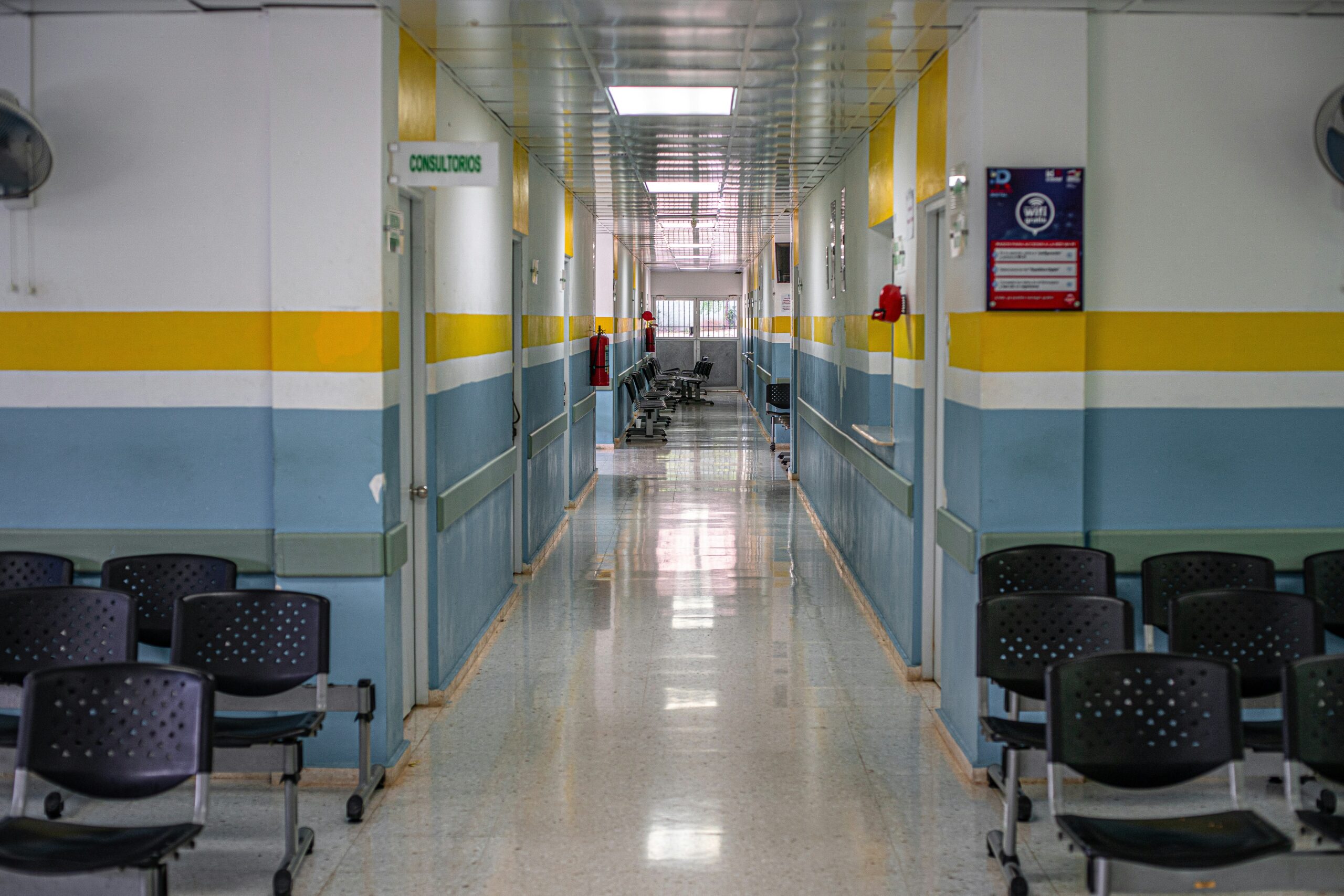In 2020-2021, the Australian Commonwealth, state, and territorial governments funded 70.6% of health spending from general tax revenue, including the Medicare levy and a Medicare levy surcharge (AIHW, 2022). The remaining health spending was funded by out-of-pocket spending (15%), private health insurance (8.2%) and other nongovernmental sources (6.2%) (AIHW, 2022). As of June 2021, approximately 54.3% of the population had some form of private health insurance in Australia (Australian Competition and Consumer Commission (ACCC), 2021). Private health insurance offers coverage beyond what the Medicare system offers, including services in private or public hospitals and some allied health services.
Long-term health reforms through primary health care
Like other developed countries, Australia contends with the financial sustainability of the health care system. Nevertheless, total health spending in 2020-2021 grew by 7.4%, more than twice the annual average in the 2010-2020 decade, which was 3.4% (AIHW 2022). The government committed AUD 750 million to strengthen Medicare and in the report by the taskforce on strengthening Medicare, the taskforce recommended blended funding models alongside fee-for-service models to support the primary health care system (Australian Government Department of Health and Aged Care (DHAC), 2022). Doing so would provide access to health for those hardest to reach and most at risk of poor health outcomes.
Social care through the National Disability Insurance Scheme
The social sector has also undergone recent reforms. The National Disability Insurance Scheme is Australia’s first national scheme specifically for people with disability. It provides early intervention for eligible people with disability or children with developmental delays. It centres the principles of personalization and individual budgets to support beneficiaries in their daily living. The funding can be used to support beneficiaries with everyday activities, such as social and community participation, and to help them pursue goals, such as finding and keeping a job and purchasing assistive technology.




